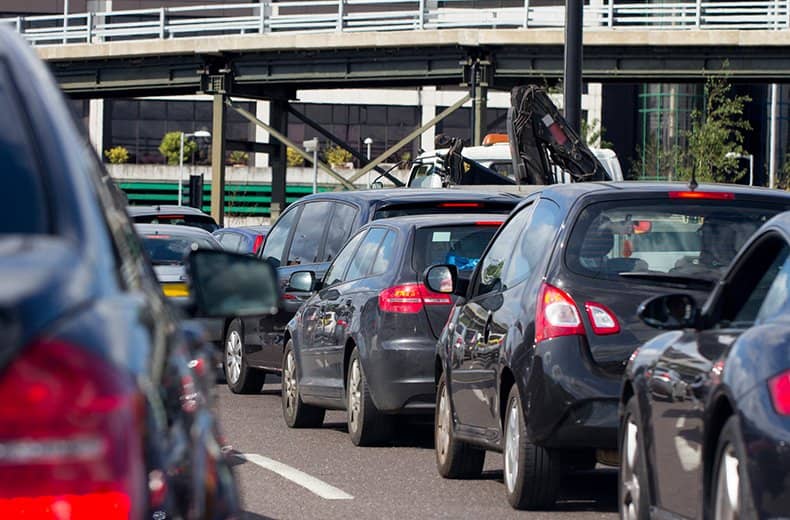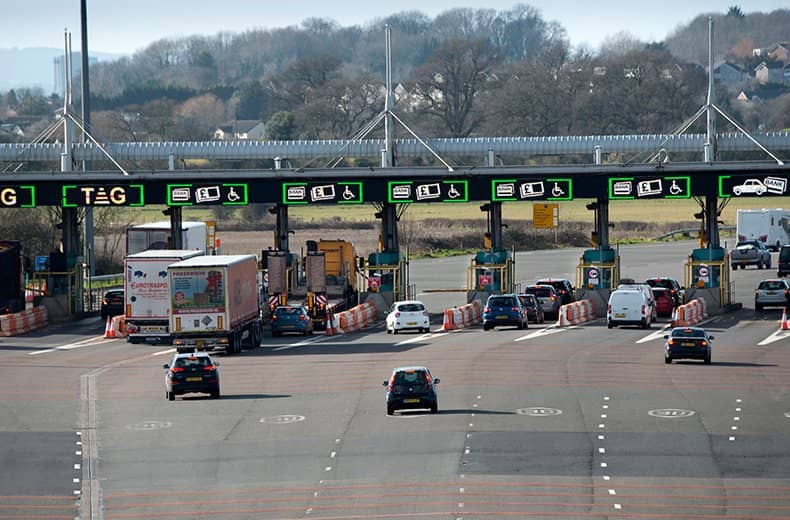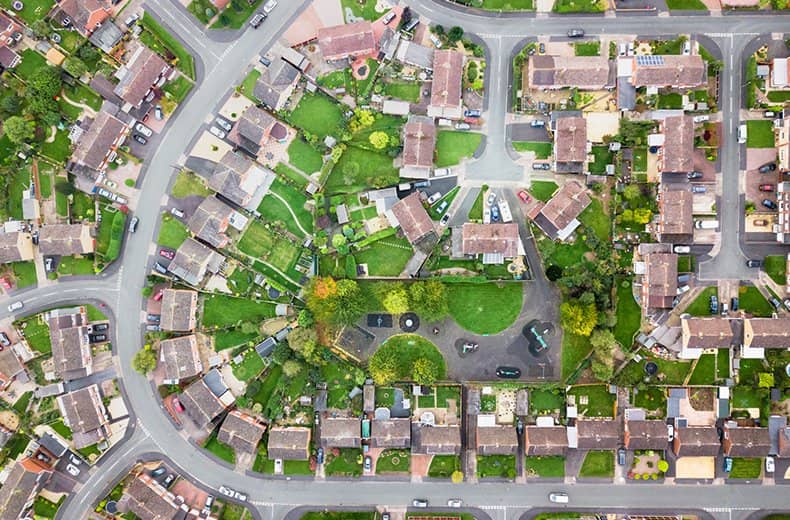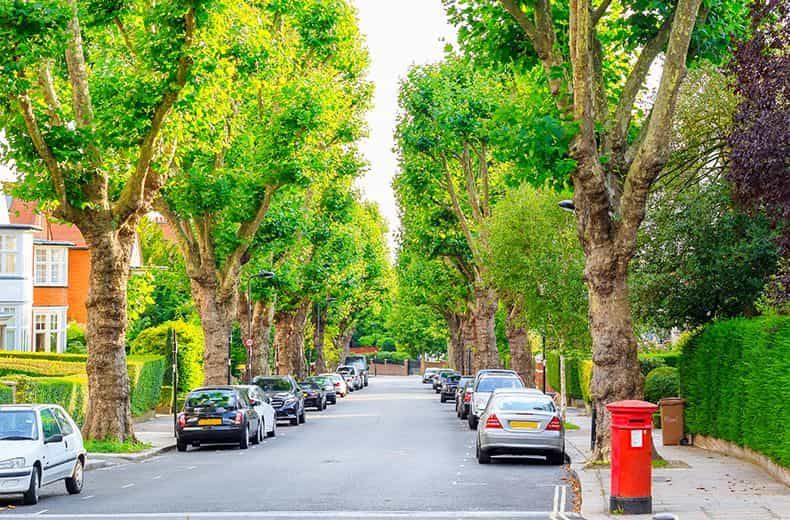But the choice to take a quieter road to avoid traffic or other obstacles has sparked controversy and earned the name ‘rat running’.
We take a look at what it is, its negative impact and at what can be done to prevent rat running.
What is rat running?
Rat running is when drivers use residential streets and streets not intended as shortcuts instead of main roads designed to handle larger volumes of traffic.
It’s most common in drivers who know an area well and often happens despite road design measures to discourage it. The tactic is particularly common during commuting hours.
What are the common types of rat running?
Rat running can take many forms. Here are some of the most common types:
Use of side streets
Residential and smaller roads can run parallel to heavily congested main roads. Drivers with some local knowledge will often use these routes out of habit with no real benefit to their journey time or driving experience.
Avoiding traffic jams

Many motorists use roads intended for exiting and merging on motorways to bypass traffic without leaving the motorway at all.
‘Frontage’ roads – those running parallel to a higher speed road and designed to provide access to shops and houses – are also frequently used to rat run past heavily congested routes.
Avoiding red lights
In some cases, motorists can avoid stopping at a red light by quickly diverting on to a parallel side street or by cutting through a car park or a petrol station.
Many A roads feature traffic light-controlled slip roads that drivers can use to avoid coming to a stop and continue their journey.
Avoiding tolls

Many drivers will take unsuitable routes to avoid paying tolls. While money can be a motivator, they may also want to save time queueing at toll booths.

RAC sale – up to 33% off*
• Roadside cover from £5.29 a month†
• We get to most breakdowns in 60 mins or less
• Our patrols fix 4/5 breakdowns on the spot

What is the negative impact of rat running?

Rat running increases traffic on quieter roads, adding to the potential for accidents involving both motorists and pedestrians.
Noise and emissions from rat-running vehicles can impact the quality of life for people living in the area and in some cases, residents worry that introducing traffic calming measures will affect the value of their homes.
There’s also a danger that rat-running motorists will drive at speeds better suited to the main roads they’re trying to bypass, rather than smaller residential streets.
Plus, rat running might not even save time! In fact, data from TomTom shows that many cut-through routes add to drivers’ journey time.
Spokesman Julien Speed said: “Drivers using rat runs may actually be making their journeys slower. The data shows that local roads have twice as much lost travel time (32%) as main roads (15%).1
“Many motorists are very proud to tell others about their secret rat-run that helps them avoid the worst of the rush-hour gridlock. But the reality is that it probably takes them longer.”
What can be done to prevent rat running?
Rat running can be prevented by closing roads to through traffic using bollards and pavement build-outs or changing them to one-way streets:
Some measures can deter rather than prevent rat running. They include:
- Speed bumps, speed cushions and speed tables
- Chicanes
- New lane markings
- Road narrowing
Is rat running illegal?
Roads that are marked ‘access only’ can’t be used as through routes. Although this regulation isn’t as heavily enforced as some others, you could face a fine if you break it.
Unfortunately for those that live on quiet residential roads that jam up with commuters at rush hour, rat running isn't illegal.
If you're concerned about the traffic coming through your area – whether it be volume or speed – the best thing to do is contact your local council to draw their attention to a potential issue.
Is it illegal to drive without shoes?
Get the answer and more useful driving content sent straight to your inbox.


Impact of LTNs on rat running traffic
Low Traffic Neighbourhoods (LTNs) are designed to reduce vehicle traffic in residential areas.
By restricting access to certain streets, LTNs can significantly decrease the volume of traffic on side roads, making them less attractive for drivers looking to avoid congestion.
Overall, LTNs can effectively reduce rat-running traffic in major cities in the UK.

RAC sale – up to 33% off*
• Roadside cover from £5.29 a month†
• We get to most breakdowns in 60 mins or less
• Our patrols fix 4/5 breakdowns on the spot







